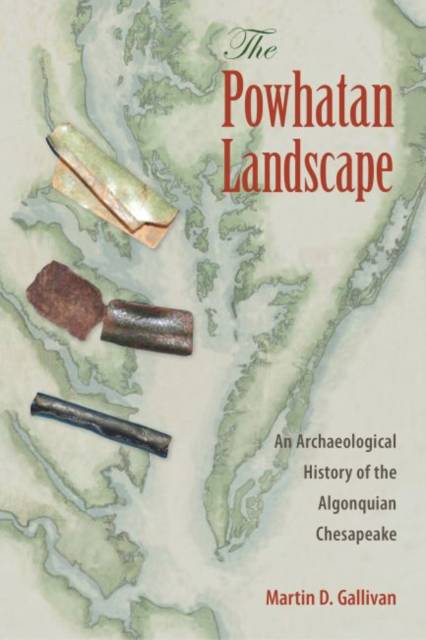
- Afhalen na 1 uur in een winkel met voorraad
- Gratis thuislevering in België vanaf € 30
- Ruim aanbod met 7 miljoen producten
- Afhalen na 1 uur in een winkel met voorraad
- Gratis thuislevering in België vanaf € 30
- Ruim aanbod met 7 miljoen producten
Zoeken
€ 114,95
+ 229 punten
Uitvoering
Omschrijving
Southern Anthropological Society James Mooney Award "A well-written, fresh, and engaging interpretation of two millennia of Virginia Algonquian landscape history, presenting new data and new ideas--a must read."--Stephen Potter, author of Commoners, Tribute, and Chiefs: The Development of Algonquian Culture in the Potomac Valley "Theoretically innovative, richly empirical, and superbly written, this book demonstrates the potential for combining 'new' finds in the field with reconsiderations of 'old' sites and collections, and it makes a compelling case for an archaeology that involves Native American perspectives and participation."--Christopher B. Rodning, coeditor of Fort San Juan and the Limits of Empire: Colonialism and Household Practice at the Berry Site As Native American history is primarily studied through the lens of European contact, the story of Virginia's Powhatans has traditionally focused on the English arrival in the Chesapeake. This has left a deeper indigenous history largely unexplored--a longer narrative beginning with the Algonquians' construction of places, communities, and the connections in between. The Powhatan Landscape breaks new ground by tracing Native placemaking in the Chesapeake from the Algonquian arrival to the Powhatan's clashes with the English. Martin Gallivan details how Virginia Algonquians constructed riverine communities alongside fishing grounds and collective burials and later within horticultural towns. Ceremonial spaces, including earthwork enclosures within the center place of Werowocomoco, gathered people for centuries prior to 1607. Even after the violent ruptures of the colonial era, Native people returned to riverine towns for pilgrimages commemorating the enduring power of place. For today's American Indian communities in the Chesapeake, this reexamination of landscape and history represents a powerful basis from which to contest narratives and policies that have previously denied their existence.
A volume in the series Society and Ecology in Island and Coastal Archaeology, edited by Victor D. Thompson
A volume in the series Society and Ecology in Island and Coastal Archaeology, edited by Victor D. Thompson
Specificaties
Betrokkenen
- Auteur(s):
- Uitgeverij:
Inhoud
- Aantal bladzijden:
- 288
- Taal:
- Engels
- Reeks:
Eigenschappen
- Productcode (EAN):
- 9780813062860
- Verschijningsdatum:
- 9/08/2016
- Uitvoering:
- Hardcover
- Formaat:
- Genaaid
- Afmetingen:
- 152 mm x 229 mm
- Gewicht:
- 594 g

Alleen bij Standaard Boekhandel
+ 229 punten op je klantenkaart van Standaard Boekhandel
Beoordelingen
We publiceren alleen reviews die voldoen aan de voorwaarden voor reviews. Bekijk onze voorwaarden voor reviews.











